As a long-time anime fan, I can tell you that there are a lot of terms in the anime community that aren’t immediately obvious to newcomers. Worse, they may not even be obvious to seasoned anime fans!
The most popular terms used to describe anime are usually very self-explanatory.
The following are the most basic genres, which are shared with movies/regular series:
- Action
- Adventure
- Comedy
- Drama
- Fantasy
- Historical
- Horror
- Romance
- Mystery
- Sci-Fi
- Sports
They don’t need much explanation because they’re well-known all around the world and we’ve been exposed to them from childhood.
However, despite their popularity, many anime genres and subgenres are unfamiliar to westerners.
Here are a few lesser-known anime genres:
- Ecchi
- Harem
- Hentai
- Isekai
- Iyashikei Anime
- Josei
- Mahou Shoujo
- Mecha
- Reverse Harem
- Seinen
- Shoujo
- Shoujo-ai
- Shounen
- Shounen-ai
- Slice of Life
- Yaoi
- Yuri
Let’s take a look at all of the above-mentioned anime genres one by one to get a better understanding of what they mean.
A list of basic anime genres
Action

This genre is fast-paced and packed with action. For example, it has exciting battle scenes, violence, and extraordinary stunts.
Adventure
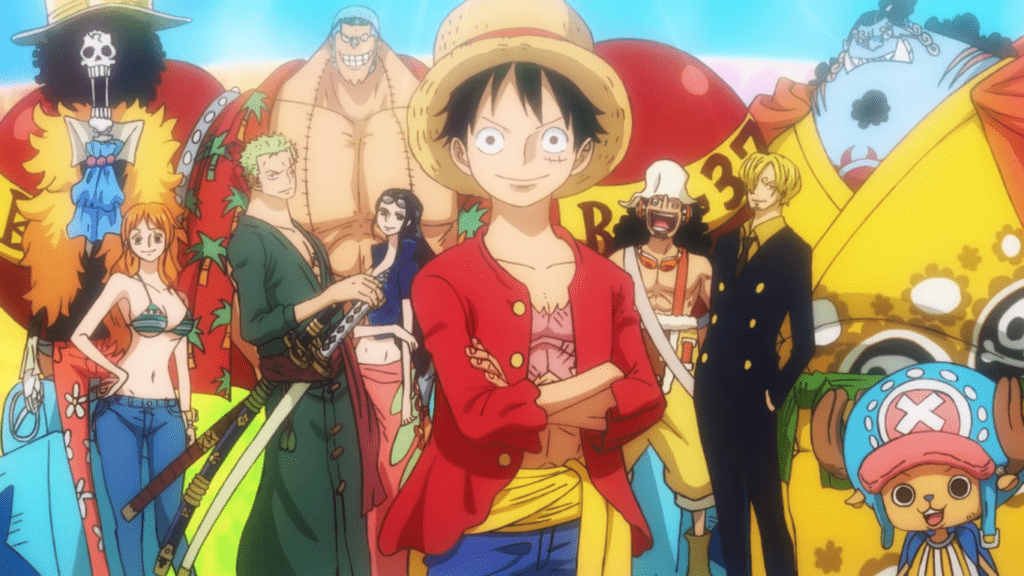
In most Adventure stories, the protagonist embarks on an epic journey. To give an example, the MC is often on a quest and must overcome numerous hurdles.
Comedy
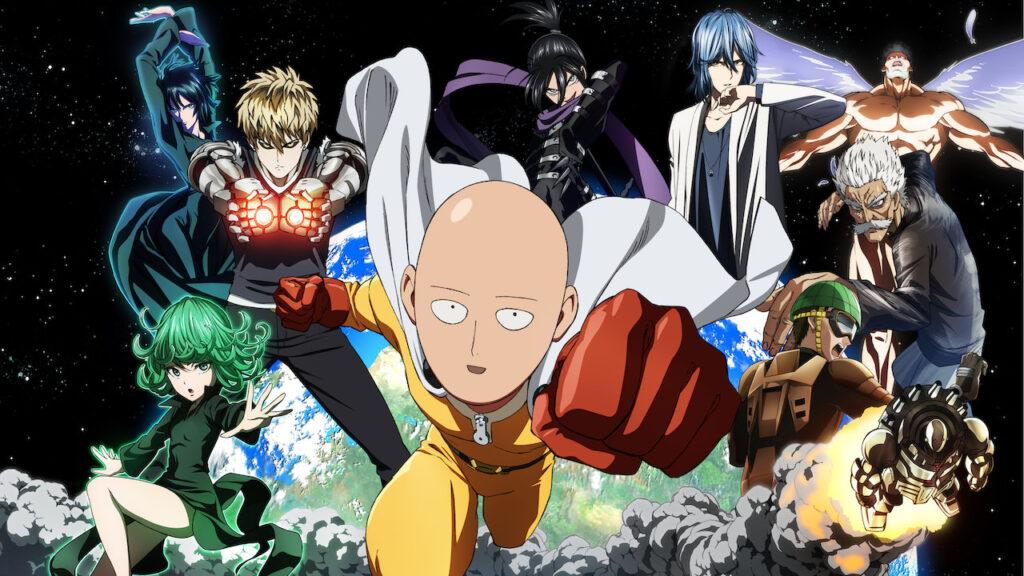
Comedy is a genre that aims to be funny or hilarious by evoking laughter.
Drama
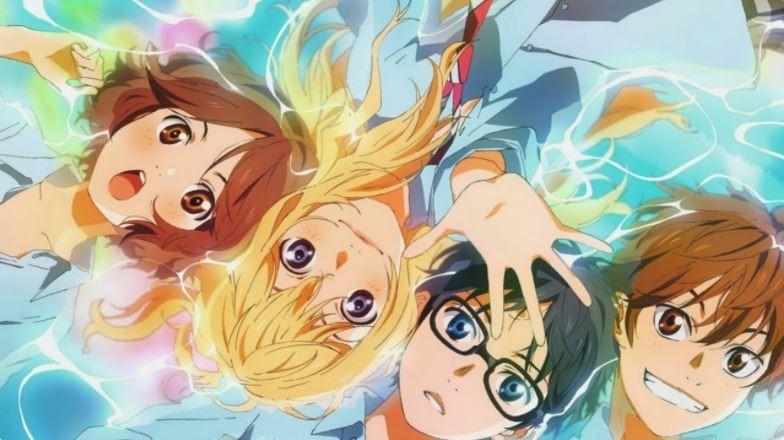
Drama is characterized by stories with high stakes and various conflicts. The tone is intended to be serious rather than amusing.
Fantasy
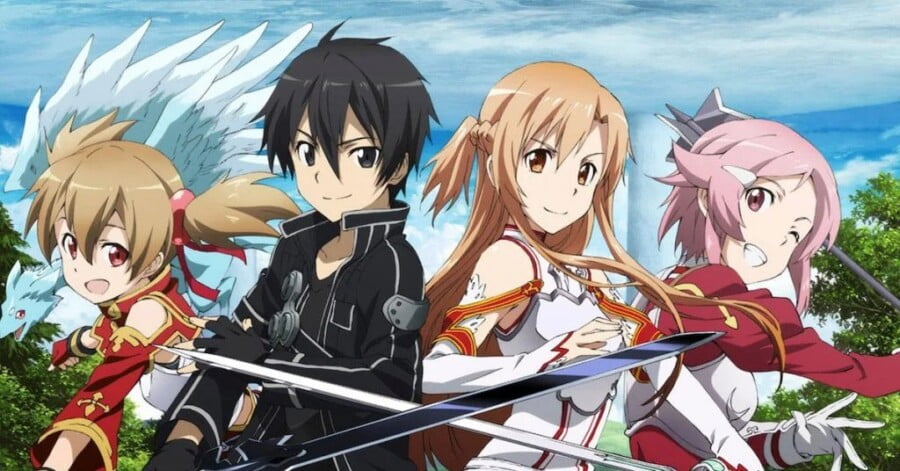
Fantasy is a genre in which magical and supernatural aspects exist that do not exist in reality.
Historical

The narrative in Historical anime takes place in the past.
Horror
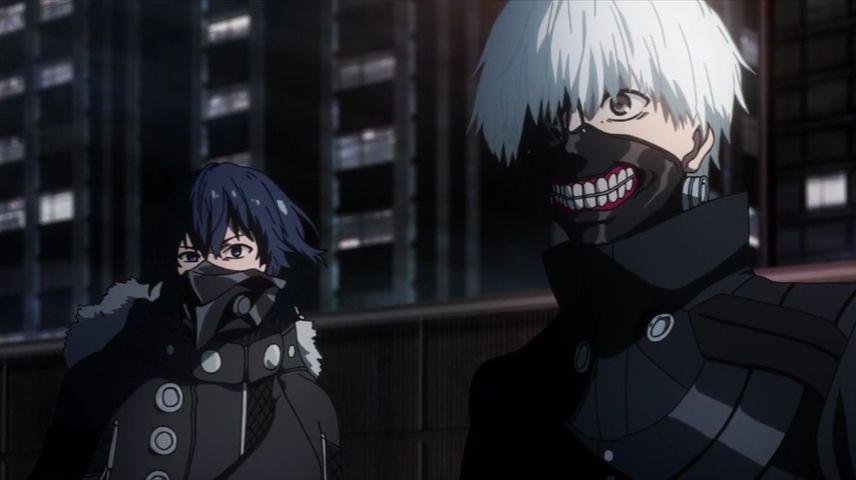
The Horror genre aims to frighten, surprise, shock, and even repulse viewers.
Romance
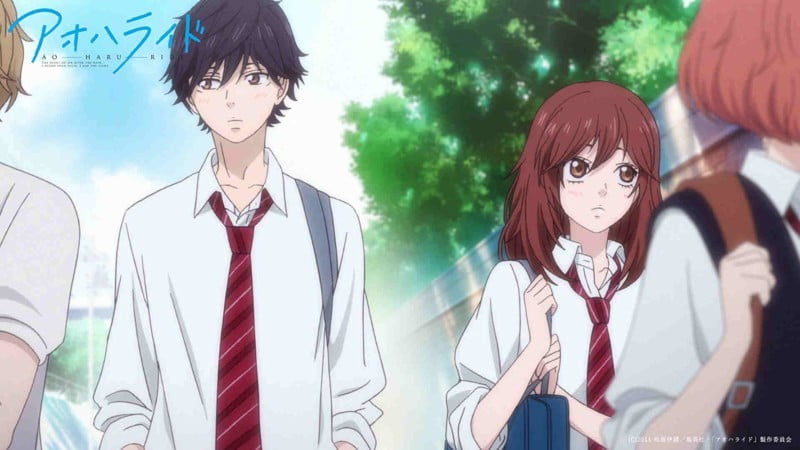
Romance’s goal is straightforward: to present a love narrative in which two people overcome difficulties to get their happily ever after.
Mystery
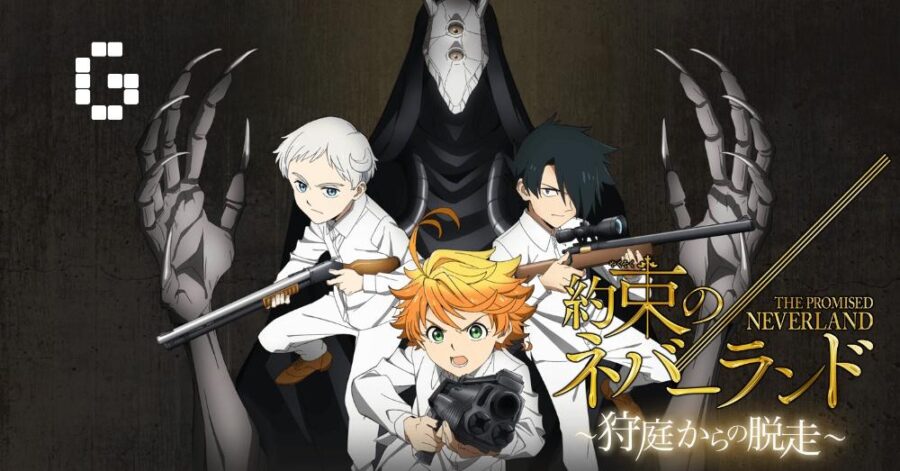
Mystery anime follow a crime, such as a murder or a disappearance, from its inception to its conclusion.
Sci-Fi
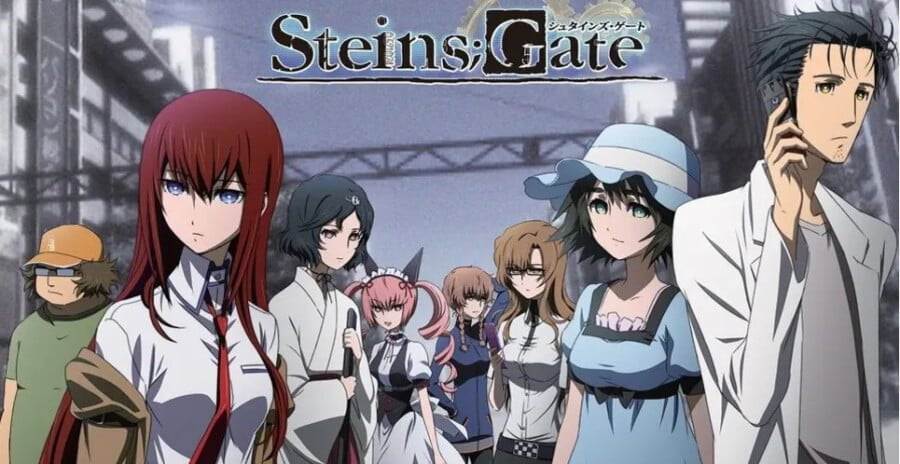
Science fiction is a type of speculative fiction that includes elements that do not exist in reality. It covers a wide range of topics, including time travel, space travel, future settings, and the implications of technical and scientific advancements.
Sports
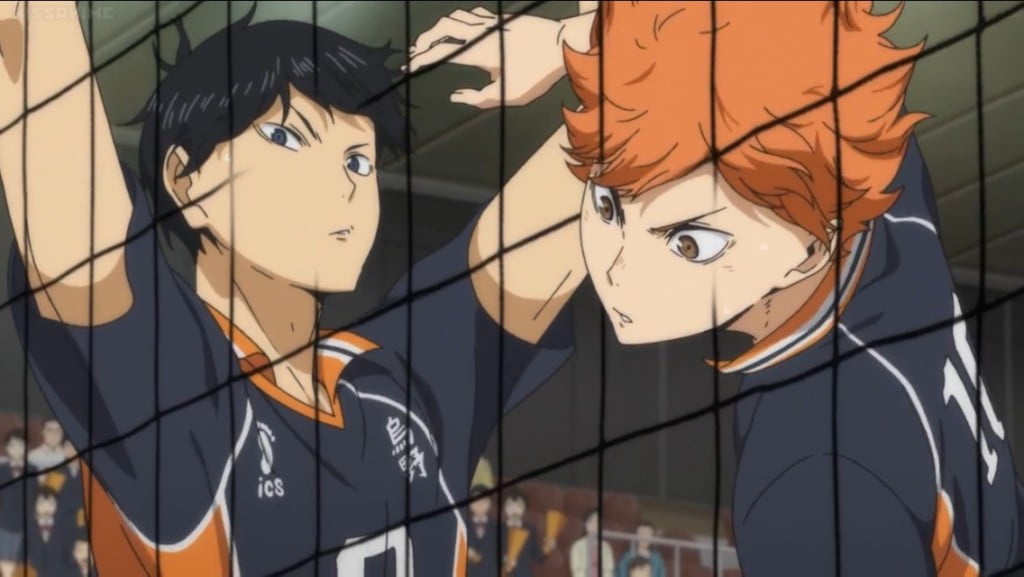
Sports anime tells stories about sports and other athletic and competitive activities.
A list of lesser-known anime genres
Bishounen
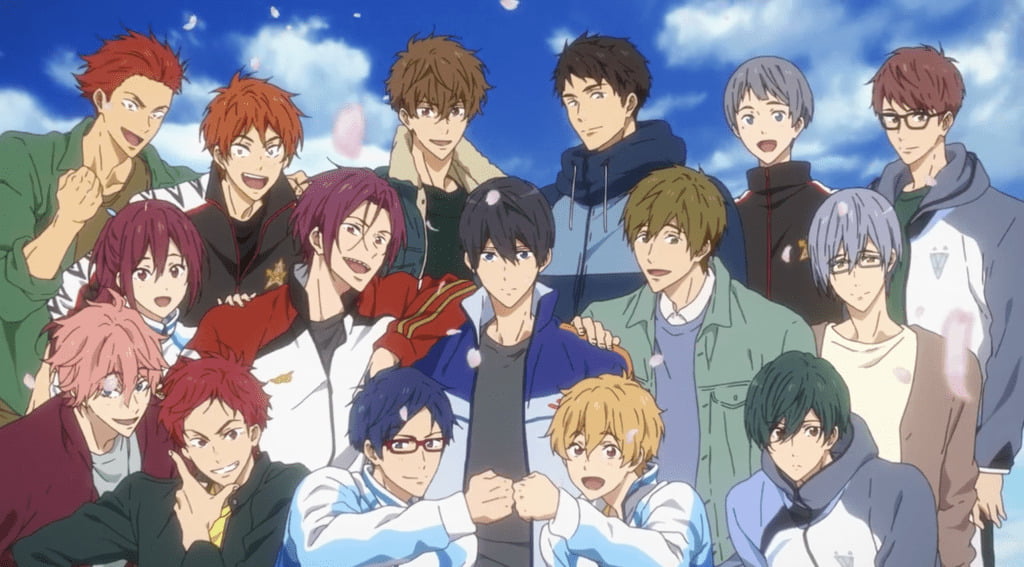
Despite the fact that it isn’t formally classified as a genre, many females consider it to be one.
Bishounen literally means “beautiful boy,” as in an attractive member of the male gender. The conventional bishounen has long hair, a slim, attractive figure, and no facial hair.
Ecchi
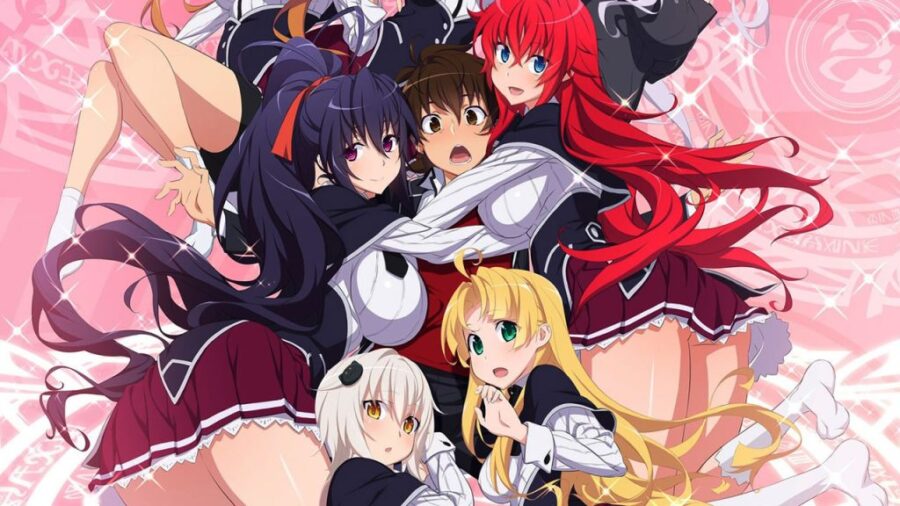
Ecchi is a subgenre of Japanese manga, anime, video games, and other media typified by light, fun sexual themes, and images.
Harem
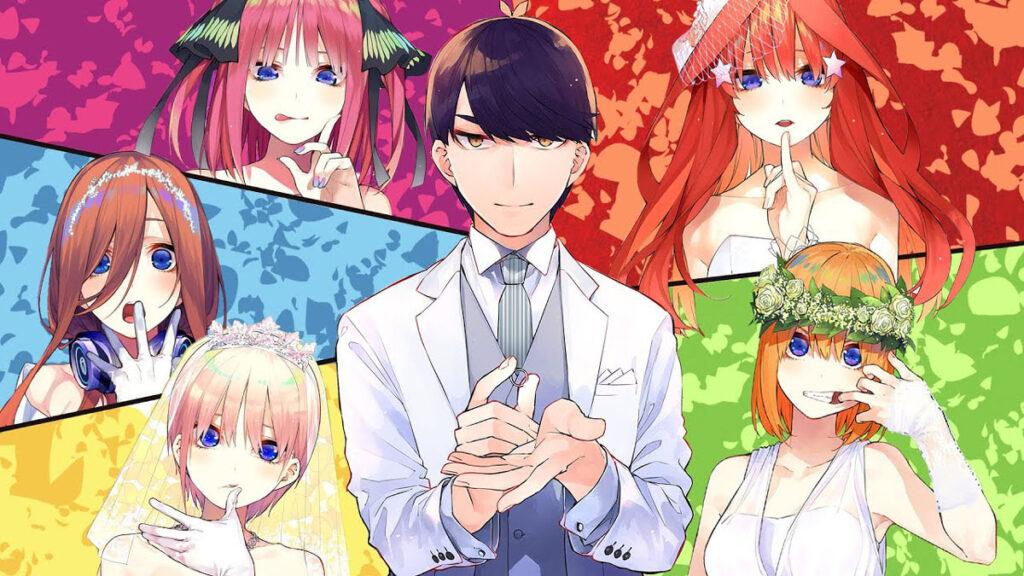
A male anime character is adored and surrounded by numerous ladies, which usually entails polygynous/polyandrous relationships, in which three or more persons are involved in love or sexual interest.
Hentai
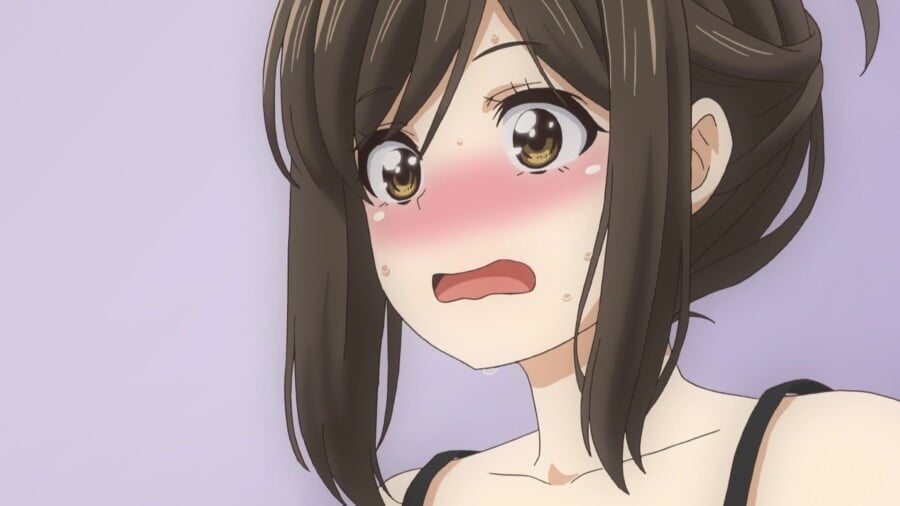
A subgenre of Japanese manga, anime, computer games, and other media that is characterized by graphic sexual themes and imagery.
Isekai
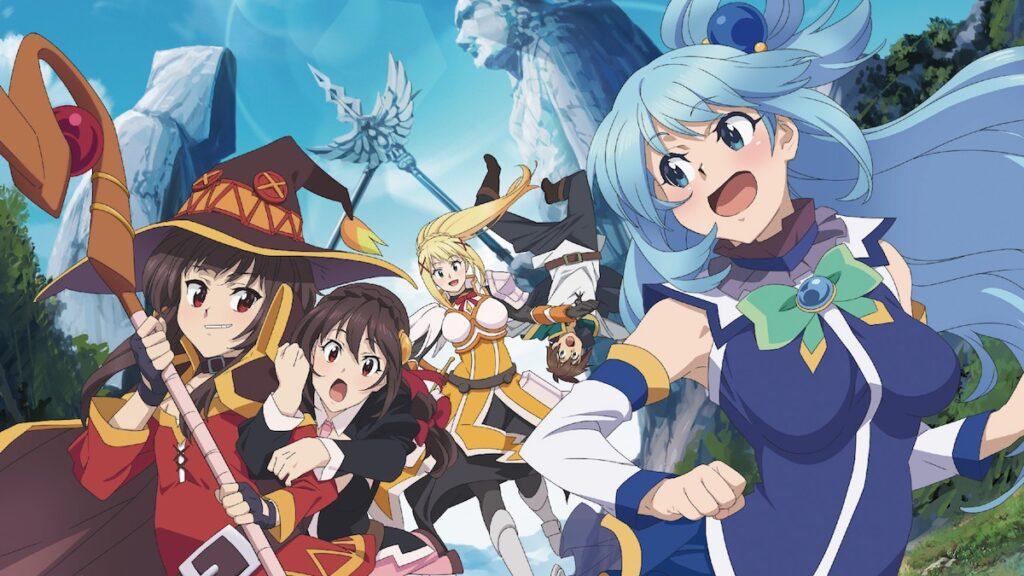
Isekai translates as Another world.
This term is used to describe Japanese fiction (anime, manga, light novels, or web novels) in which the protagonist is transported to another world through reincarnation, summons, or a deity transmigrating them.
Iyashikei
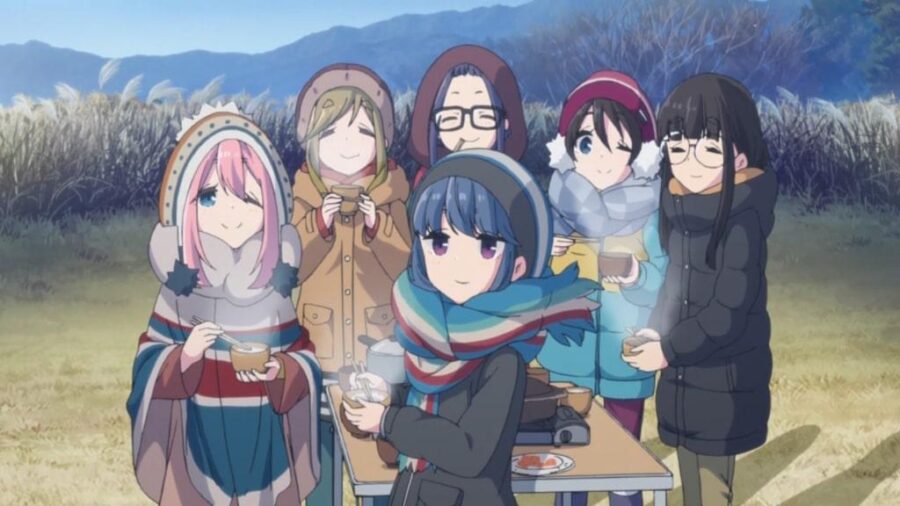
Iyashikei is a slice of life subgenre that depicts characters enjoying serene lives in soothing environments, with the goal of healing the audience.
Josei

This genre, which targets late teen or adult female audiences, is relatively uncommon.
Mahou Shoujo
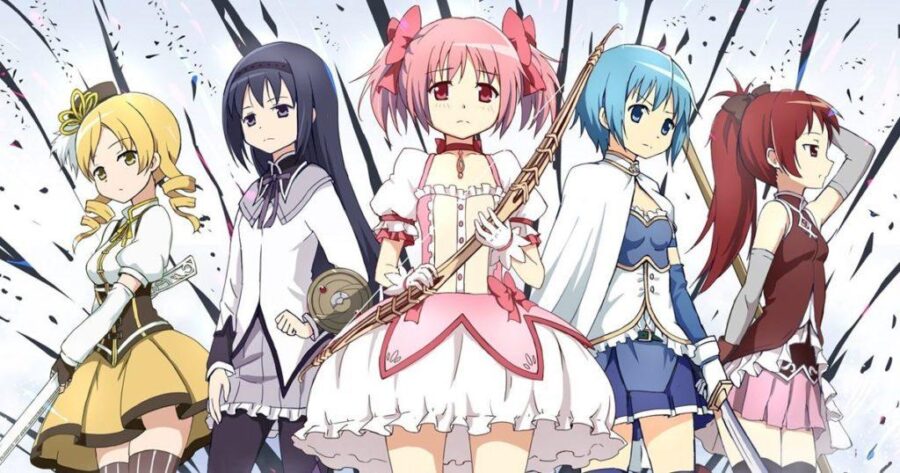
Meaning: Magical Girl
Mahou Shoujo is a fantasy subgenre about young girls with magical abilities, which they usually channel through an ideal alter ego that they can transform into.
Mecha
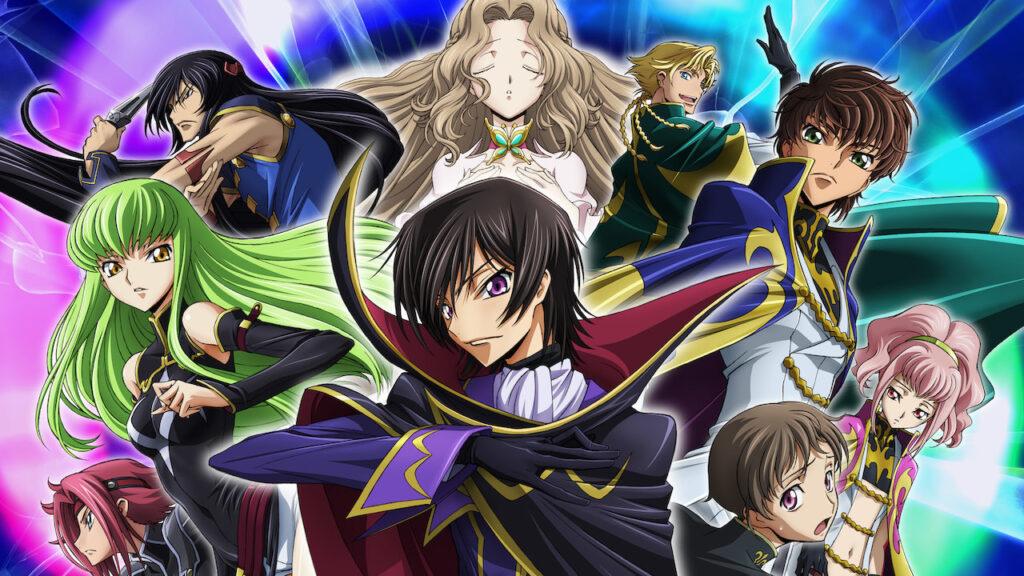
Mecha is a Japanese term for giant robots in science fiction.
It’s is derived from the Japanese word “meka,” which is an abbreviated form of the English term “mechanical.”
Reverse Harem

The heroine is surrounded by multiple males, making it the female equivalent of the harem genre.
Seinen
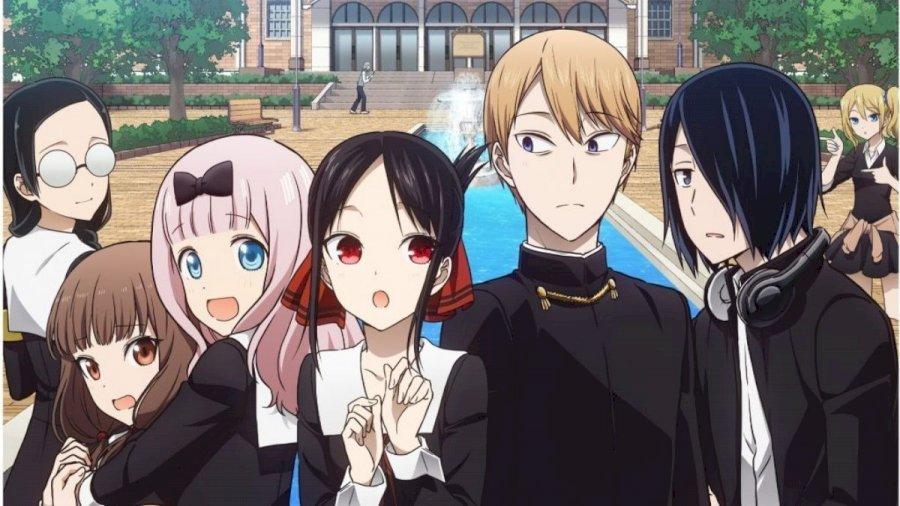
Seinen is an anime aimed mainly at mature males.
Action, politics, science fiction, fantasy, relationships, sports, and comedy are all topics commonly tackled in Seinen.
The female equivalent for females is Josei.
Shoujo
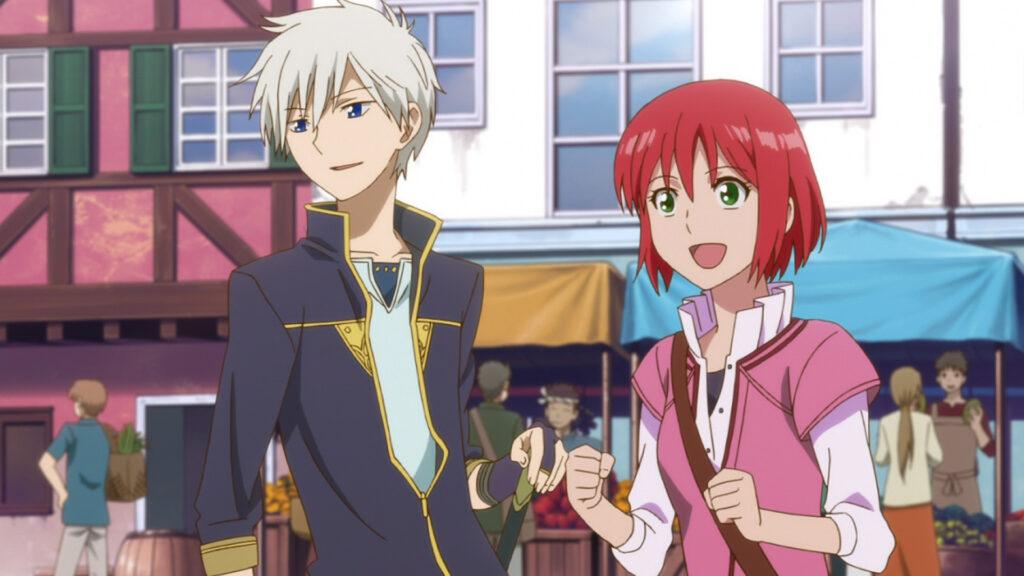
The counterpart of shounen anime for young teen ladies, with a focus on emotions and relationships and a female protagonist.
Shoujo-ai
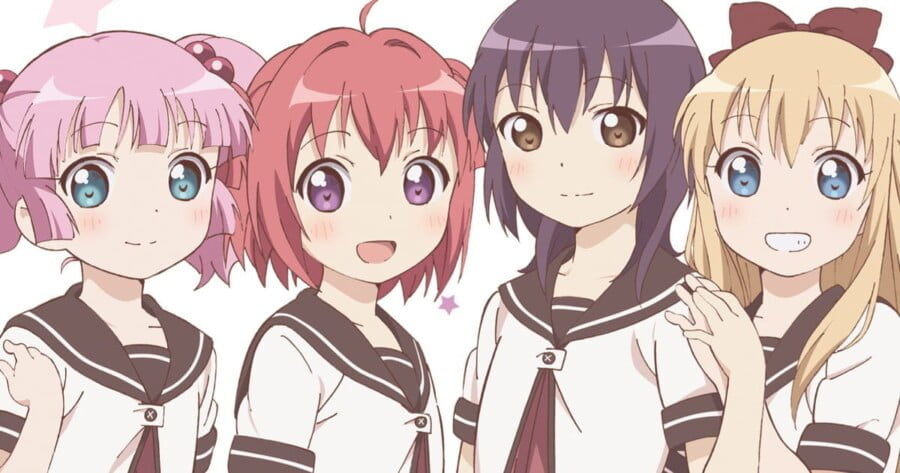
Lesbian relationships are depicted subtly in Shoujo-ai.
Shounen
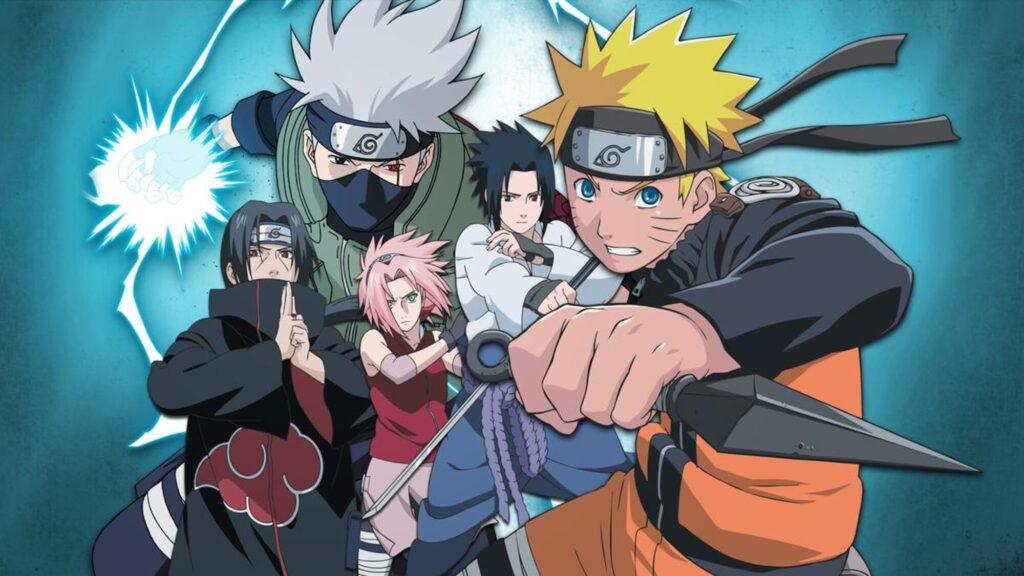
The target audience for this genre is young teen boys, and it usually includes a lot of action, comedy, and a male lead (of a comparable age to the target demographic, so 12-18).
Shounen-ai

Shounen-ai depicts males in non-explicit gay relationships.
Slice of Life
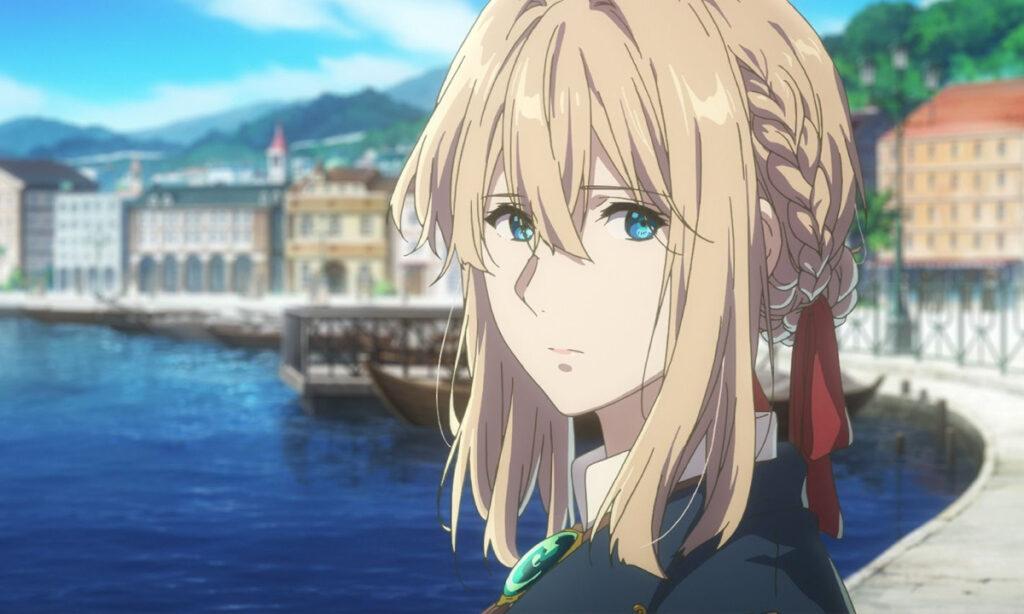
You get a glimpse into the lives of some anime characters, in other words, you follow their everyday activities.
For example, anime focused on high school students’ daily lives.
Yaoi
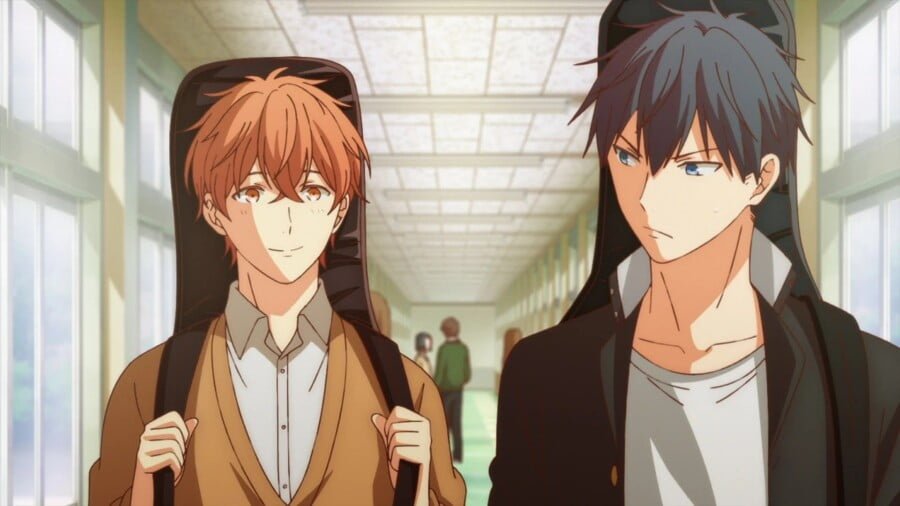
Yaoi contains a homoerotic interaction between two males and frequently contains sexually graphic scenes.
Yuri
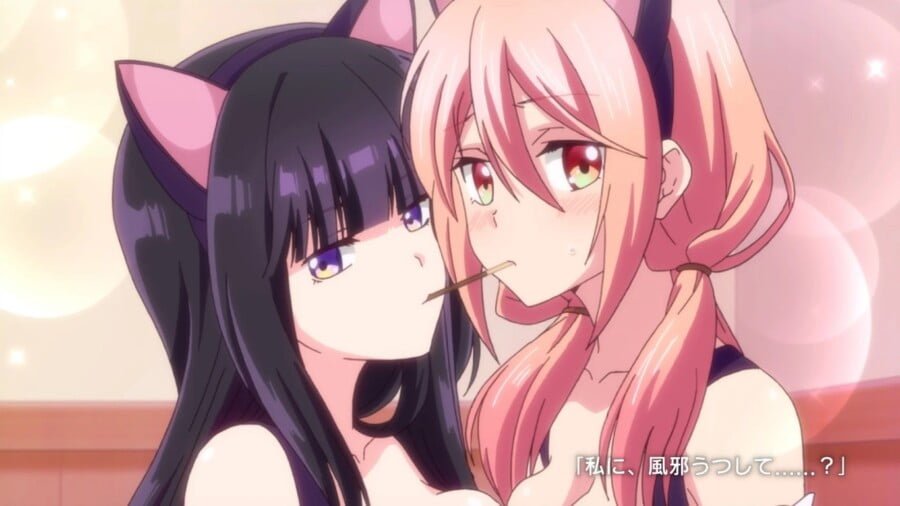
There is a lesbian relationship present in Yuri, as well as sexual and passionate moments.
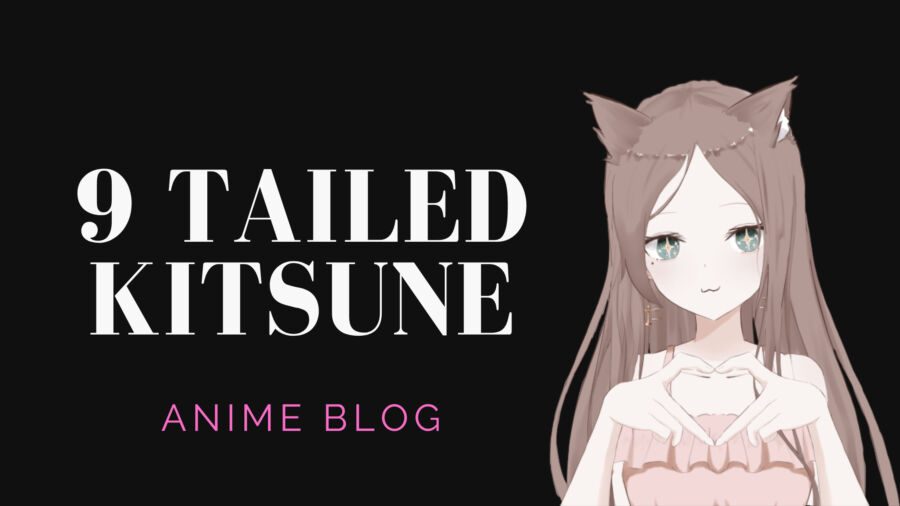

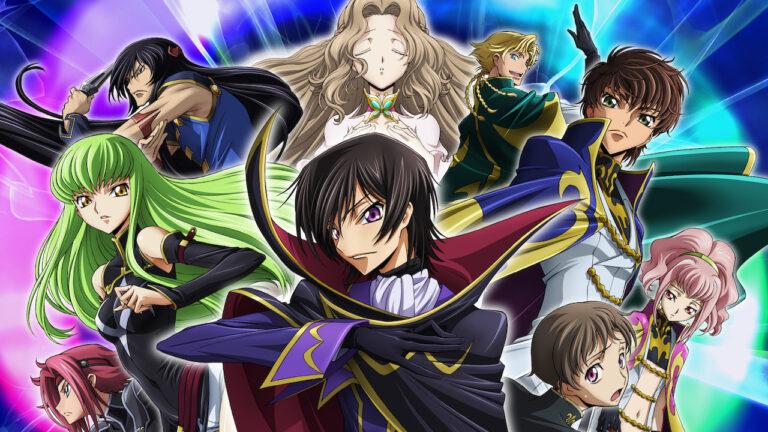
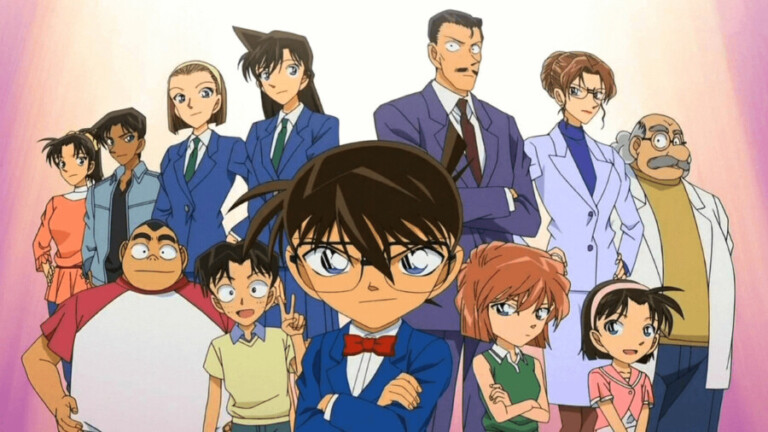
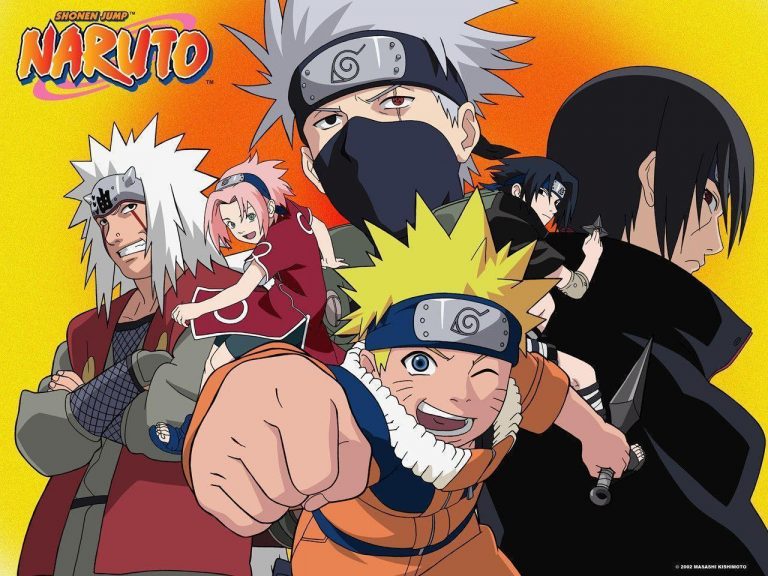
Thank you so much
thank you for your great information